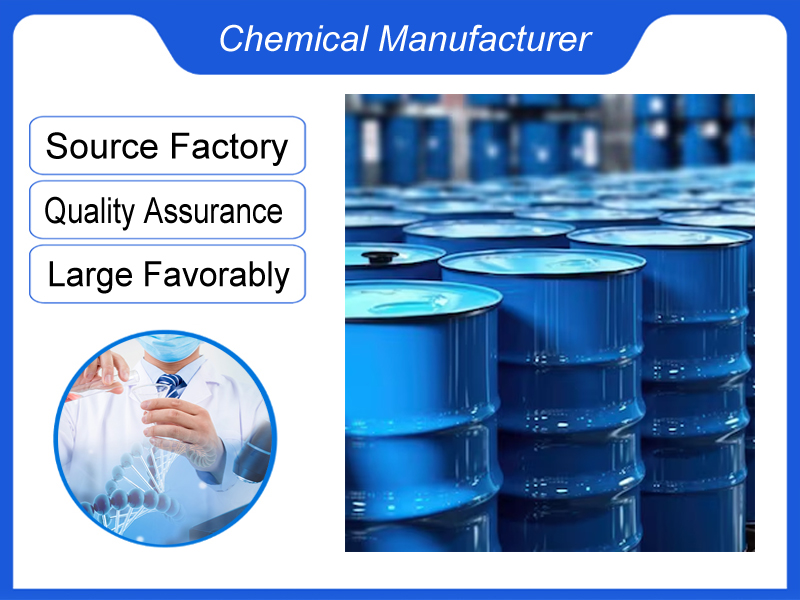
Inorganic acids
We are a manufacturer based in China. We specialize in providing high-quality Inorganic acids for industrial clients across various sectors. Whether you need chemicals consultation or technical support, our team is here to help.
Category:Inorganic Chemicals Own Brand:MT /MOQ:100KG /From China/ B2B only.
Introduction
Definition & Composition
Inorganic Acids are proton (H⁺) donors that:
- Contain no carbon in molecular structure (vs. organic acids)
- Dissociate in water to form conductive solutions (e.g., H₃O⁺ + Cl⁻)
Key Feature:
- High reactivity with metals, bases, and organic materials.
Common Types & Properties
| Acid | Formula | Strength | Key Properties |
|---|---|---|---|
| Sulfuric Acid | H₂SO₄ | Strong | Dehydrating, viscous (98% conc.) |
| Hydrochloric Acid | HCl | Strong | Volatile, corrosive to metals |
| Nitric Acid | HNO₃ | Strong | Oxidizing, yellow fuming (≥68%) |
| Phosphoric Acid | H₃PO₄ | Weak | Non-oxidizing, food-safe (85% conc.) |
| Hydrofluoric Acid | HF | Weak | Glass-etching, penetrates skin |
Industrial Applications
| Industry | Use Case | Example Acid |
|---|---|---|
| Chemical | Fertilizer production (H₃PO₄, HNO₃) | Phosphoric acid (wet process) |
| Metallurgy | Metal cleaning/pickling (HCl, H₂SO₄) | Hydrochloric acid (18–22%) |
| Electronics | Silicon wafer etching (HF) | Buffered HF solutions |
| Food & Pharma | pH adjuster (H₃PO₄) | Cola beverage additive |
Safety & Handling
| Parameter | Requirement |
|---|---|
| Storage | HDPE/PTFE containers (glass for HF) |
| PPE | Acid-resistant gloves, face shield |
| Neutralization | NaOH/CaCO₃ for spills |
| Ventilation | Fume hood mandatory for concentrated |
If you're ready to take the next step, Leave your message below and we’ll reply soon. 20+ years of chemical manufacturing & export experience, a partner you can trust.





